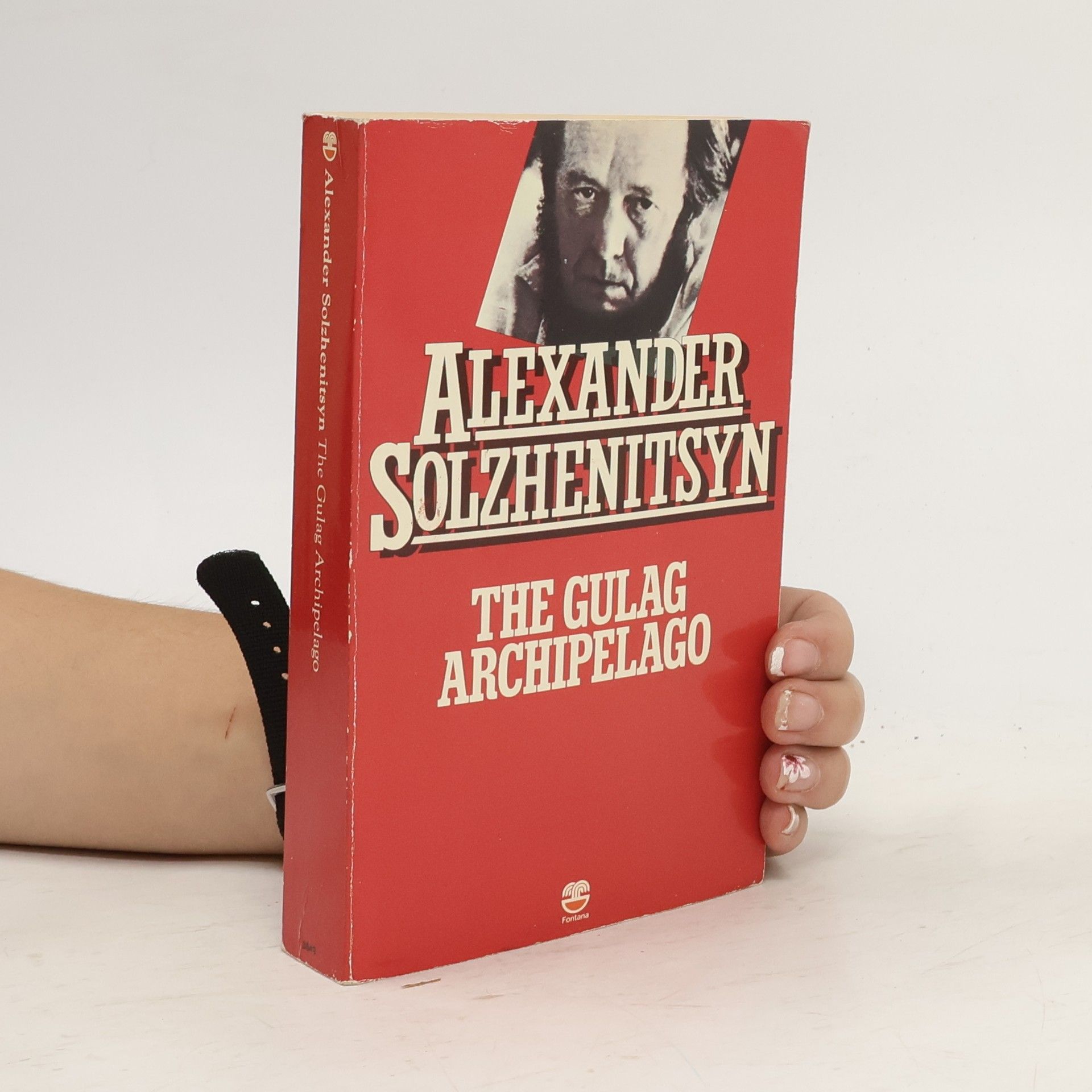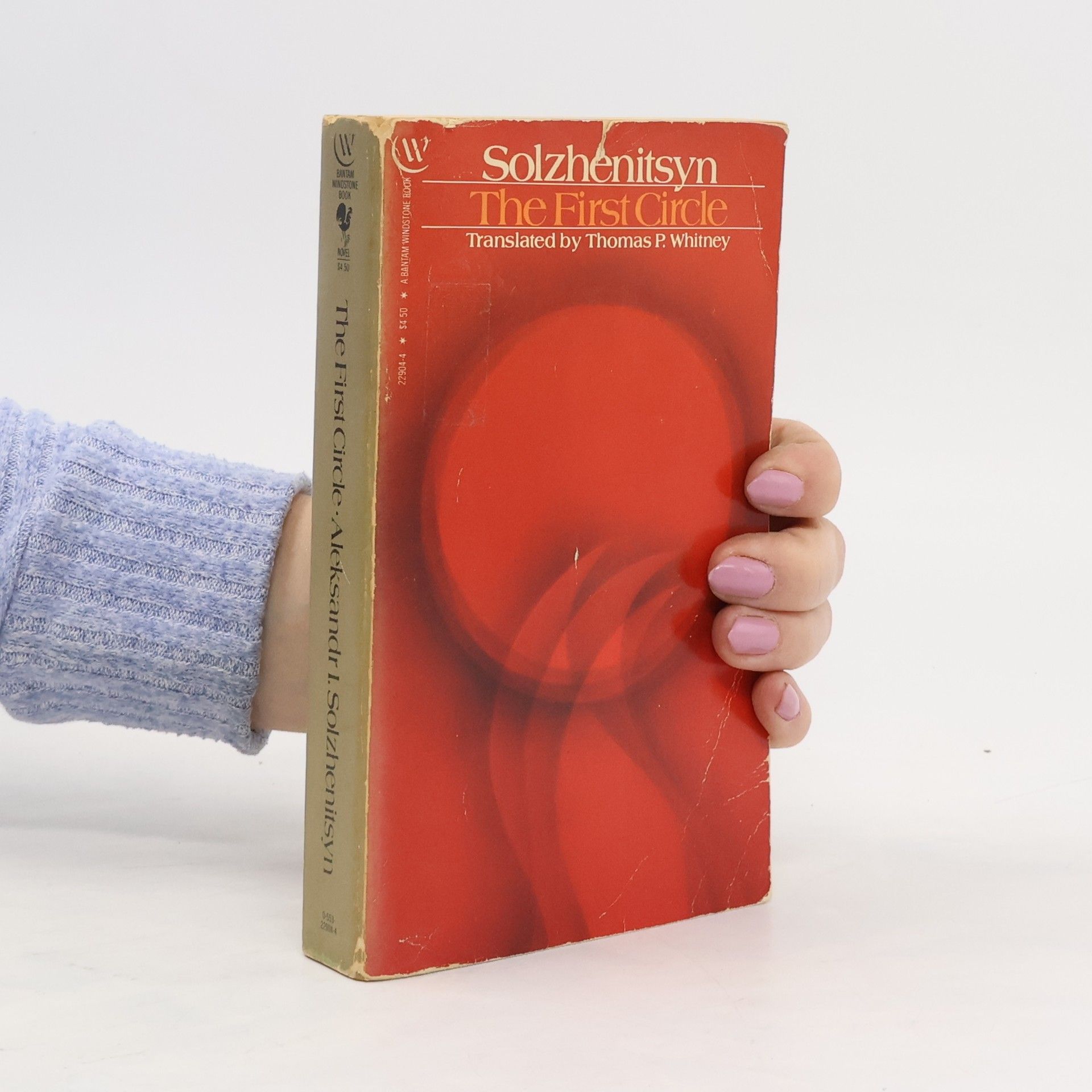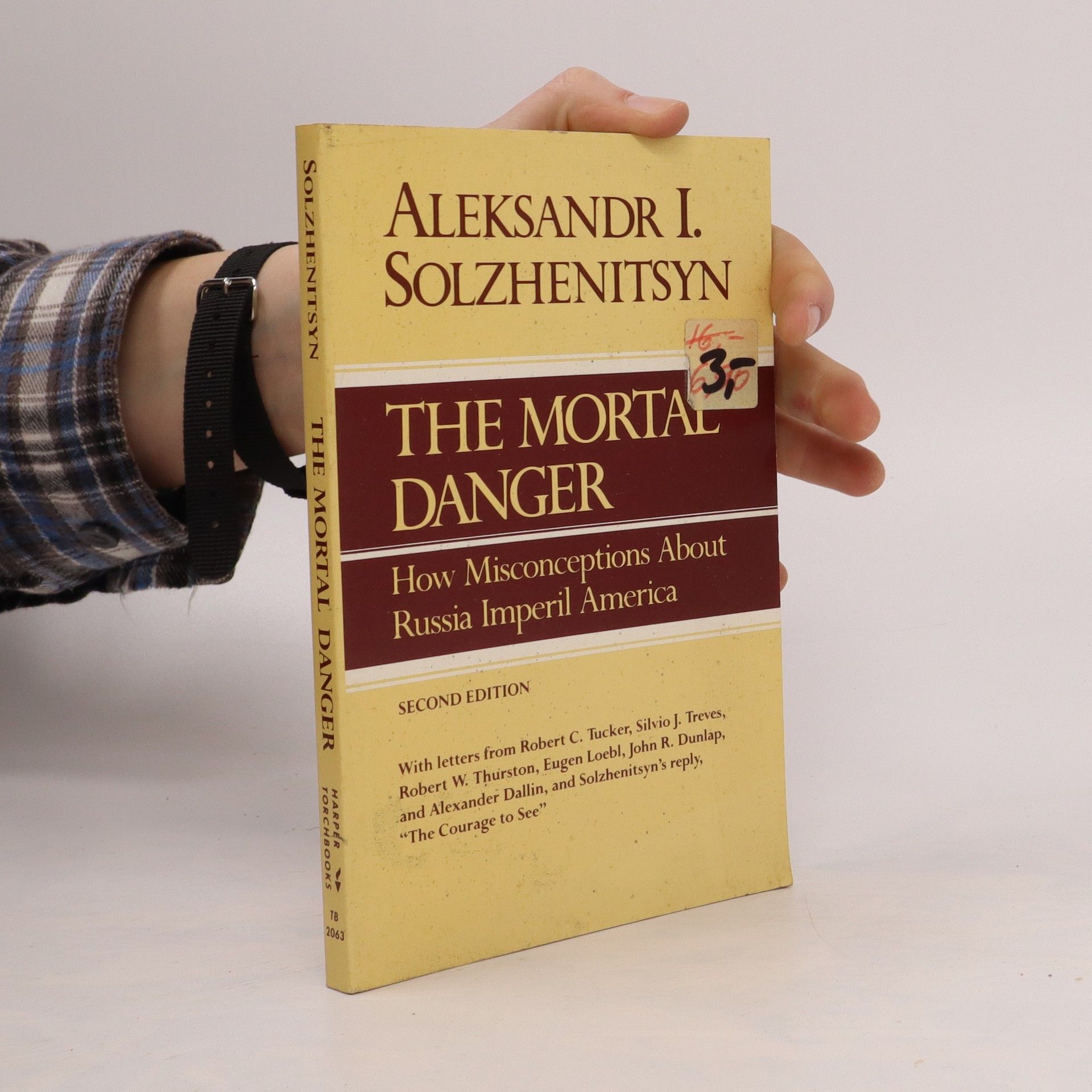Kankerpaviljoen 1
- 288bladzijden
- 11 uur lezen
De Nobelprijswinnaar Solzjenitsyn schreef zijn boeken voor een groot publiek. Hij werd op slag een beroemd en populair schrijver. Het centrale thema van dit meeslepende relaas is de ziekte en zijn invloed op de mensen: hun eigenlijke kracht en zwakte worden duidelijk als ze een onbarmhartige ziekte onder ogen moeten zien. De schrijver ziet hierin een overeenkomst met de maatschappij. Talrijke personen bevolken deze roman, zoals mannelijke en vrouwelijke artsen, patiënten, werksters en bezoekers. Gefascineerd zal de lezer deze soms alledaagse, soms boeiende mensen volgen tijdens hun verblijf in het provinciale ziekenhuis. De schrijver, wiens werken in Rusland verboden zijn, is in de eerste plaats een verteller, die zich intens met mensen bezighoudt. Verder staat het de lezer vrij zich een oordeel te vormen over de talrijke opgeworpen vragen. Als nog eens aangetoond moest worden, dat de roman voortleeft, ligt in dit boek het bewijs.










